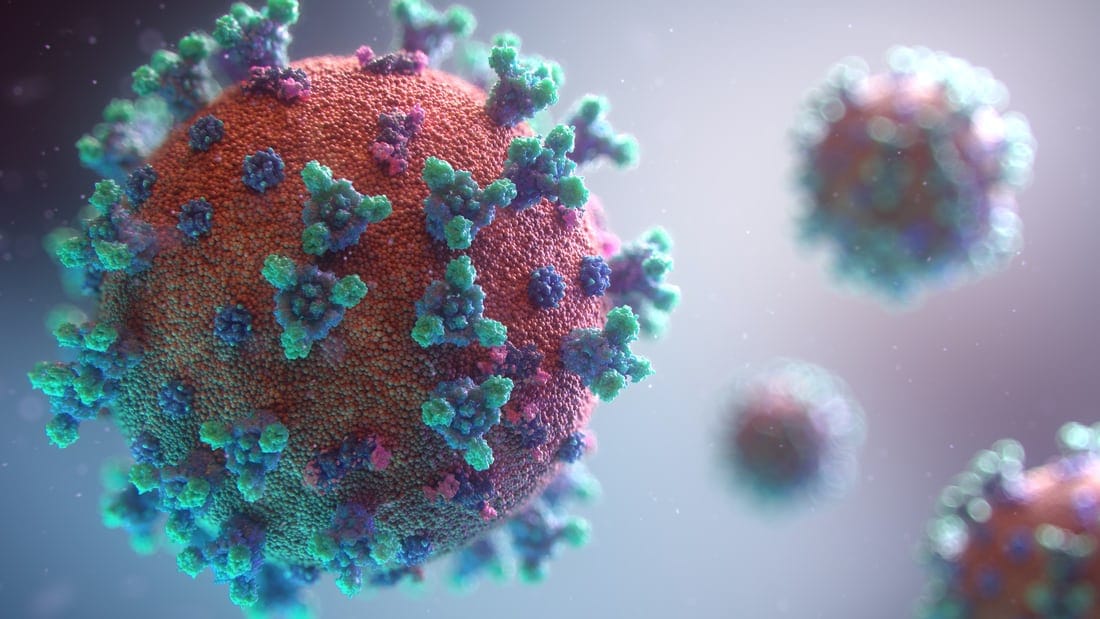First, it was used to predict the chances of children and teenagers suffering from anxiety or depression. The outbreak of COVID19 brought a new opportunity: anticipating the length of patients' stay in intensive care, the probability of suffering from long-term effects, and even the mortality. It also proved to help identify patients who suffer from COVID19 from those who do not. In the long run, this predictive model could be used with a wide range of pathologies and improve hospitals' management efficiency.
© 2024 Research Centre for Biomedical Engineering Diseño web WordPress



